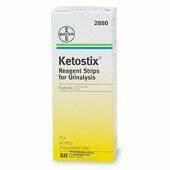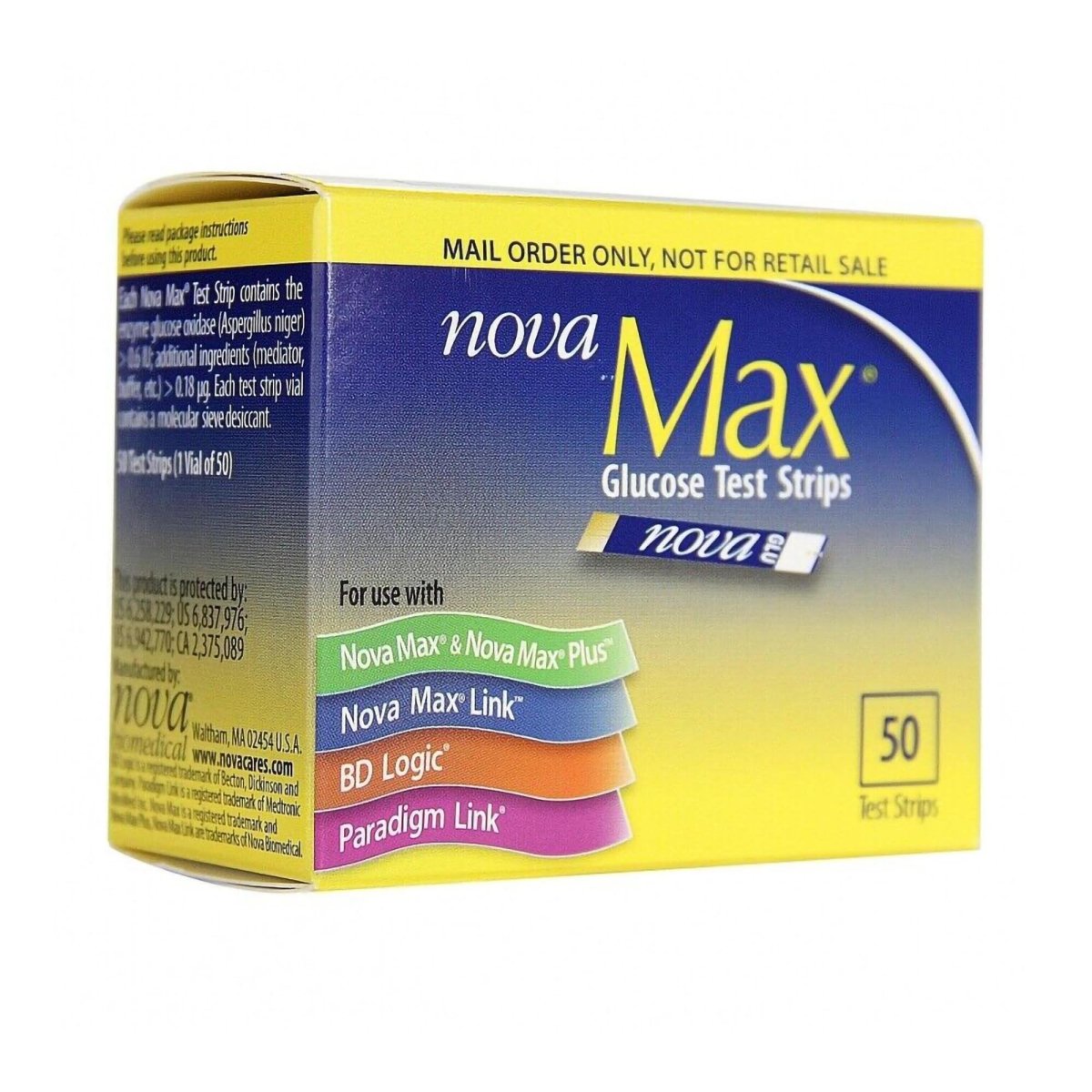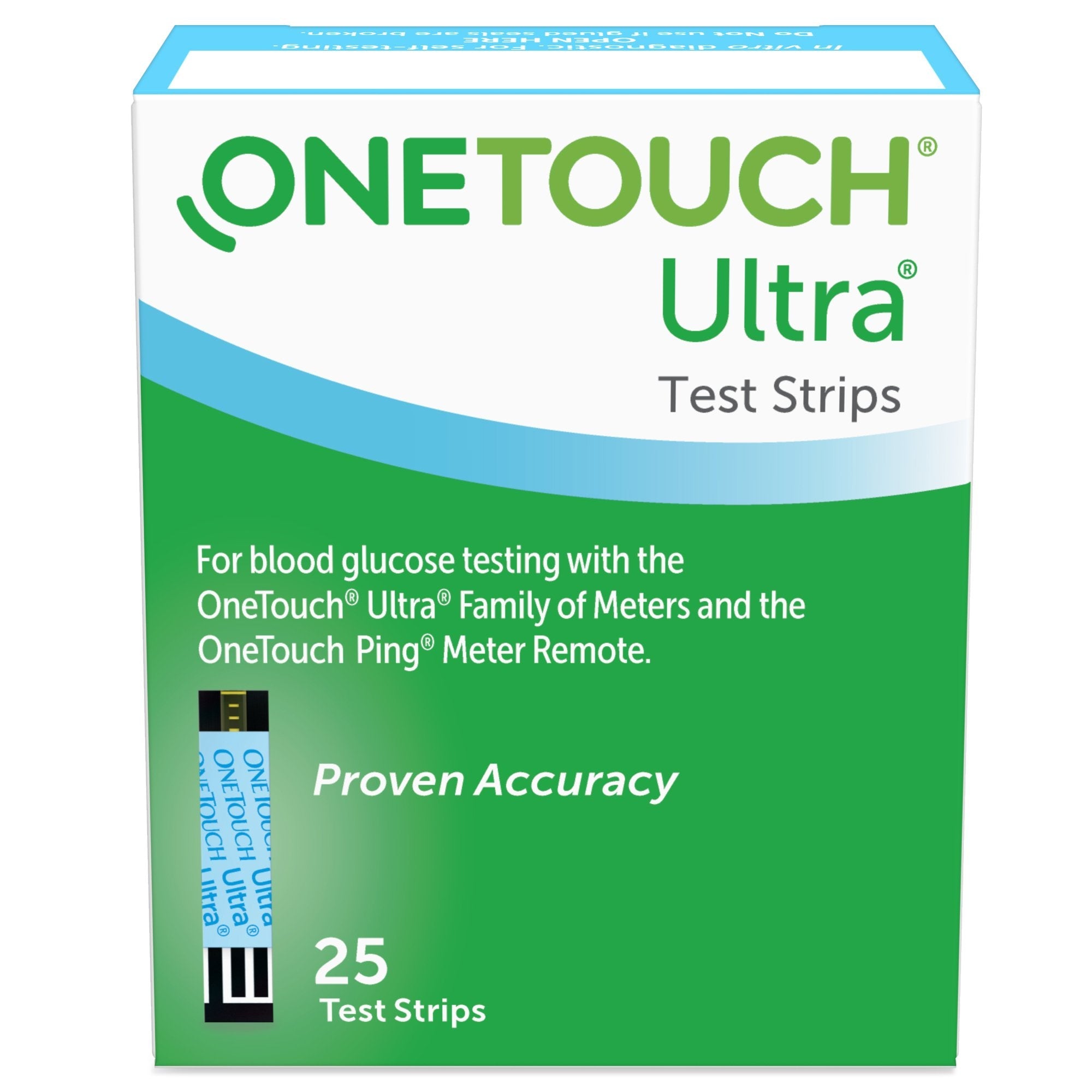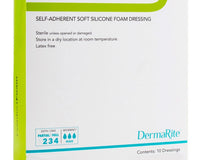Table of Contents
Have you ever wondered why your glucose test strips seem to have shorter shelf life than stated on the package?
Or why do your blood sugar readings fluctuate even when you're using the same batch of test strips?
The answer may lie in how you store and handle your glucose test strips.
Today, we'll discuss the importance of proper storage and handling of glucose test strips and provide tips for extending their shelf life.
Storage Techniques:
Glucose test strips are sensitive to temperature and moisture, which can affect their accuracy and reliability. It is recommended to store them at room temperature, between 36°F and 86°F (2°C to 30°C).
Avoid exposing them to extreme temperatures, such as leaving them in a hot car or storing them in the refrigerator.
It is also important to protect them from moisture and humidity, so keep them in a dry place and do not store them in the bathroom or kitchen.
Test Strip Handling Techniques:
Before using a glucose test strip, make sure to wash your hands with soap and warm water. Any residue or dirt on your fingers can affect the accuracy of the reading.
Use clean and dry fingers to handle the strips.
Wet or dirty fingers can also cause the strips to malfunction. When removing a test strip from the vial, do not bend or tear it.
Tips for Extending Shelf Life:
Extending the shelf life of your glucose test strips not only ensures their accuracy but also maximizes your investment in them.
Here are detailed tips to help you achieve this:
- Regularly Check Expiration Dates: The first step in maintaining the accuracy of your glucose test strips is to be vigilant about their expiration dates. The chemicals on the strips that react with your blood to provide a glucose reading can degrade over time. Using strips past their expiration date can result in inaccurate readings, which could lead to incorrect insulin dosages or dietary choices. Make it a habit to check the dates regularly and organize your strips so that you use the oldest ones first.
- Properly Close the Vial After Use: Each time you use a test strip, you expose the rest in the vial to potential air and moisture. These elements can compromise the chemical integrity of the strips, leading to false readings. To prevent this, ensure you immediately close the vial tightly after removing a strip. It's a simple step, but its impact on preserving your strips' effectiveness is significant. Consider it akin to closing a bag of chips to keep them crisp - it's all about maintaining the optimal condition for use.
- Alternate Fingers for Testing: While it might not seem directly related to the shelf life of the test strips, using different fingers for testing plays a part in ensuring accurate readings. Constant testing on the same finger can lead to a buildup of scar tissue, which can affect blood flow and the composition of the sample. Moreover, residue or natural oils from your fingertips can transfer to the strips, potentially affecting their sensitivity. By rotating your testing site, you not only give your fingers a break but also reduce the risk of contaminating your strips, thereby preserving their accuracy and extending their useful life.
- Storage Tips: Beyond these specific actions, general storage tips also contribute to extending the shelf life of your glucose test strips. Keep the vial in a cool, dry place away from direct sunlight and any heat sources. Avoid storing them in bathrooms or kitchens where humidity levels can fluctuate significantly. Such environments can accelerate the degradation of the strips. Think of your test strips as sensitive electronic devices; just as you would protect your phone or computer from adverse conditions, you should protect your test strips to ensure their longevity and reliability.
By following these tips, you can help ensure that every glucose reading you take is as accurate as possible, giving you confidence in managing your diabetes effectively.
Remember, the goal is to maintain both the physical and chemical integrity of your test strips, so they continue to function as intended for as long as possible.
Common Mistakes to Avoid:
Glucose test strips are delicate items that require proper handling and storage to maintain their accuracy and effectiveness.
Here are several factors that can destroy or degrade glucose test strips:
- Moisture and Humidity: Exposure to moisture can cause the test strips to absorb water, which can interfere with the chemical reaction required to measure glucose levels accurately.
- Extreme Temperatures: Both excessive heat and cold can damage the strips. High temperatures can cause the chemicals on the strips to degrade, while freezing can alter their composition, leading to inaccurate readings.
- Direct Sunlight and UV Exposure: Prolonged exposure to sunlight can degrade the reactive chemicals on the strips, reducing their sensitivity and accuracy.
- Physical Damage: Bending, cutting, or otherwise physically damaging a test strip can render it useless. The precise structure and coating of the strip are essential for its function.
- Contamination: Oils, dirt, or residue from hands can contaminate the test area of the strip, leading to false readings. This is why it's important to handle strips only by their edges and with clean, dry hands.
- Air Exposure: Leaving the vial open or not sealing it properly allows air and environmental contaminants to affect the strips. Continuous air exposure can reduce the efficacy of the strips over time.
- Chemical Exposure: Accidental spills of food, drinks, or other substances can contaminate the strips if the vial is left open or improperly closed.
- Using Past Expiration Date: Expired test strips may not function correctly because the chemicals that react with glucose in the blood break down over time.
- Improper Storage: Storing glucose test strips outside their original vial, in containers that are not airtight, or in environments prone to temperature fluctuations and humidity (like bathrooms or kitchens) can lead to damage.
- Cross-Contamination: Using a strip that has come into contact with another substance, such as alcohol from hand sanitizers or cleaning agents, can affect its accuracy.
By following these tips, you can ensure the effectiveness and accuracy of your glucose test strips, and ultimately, better manage your diabetes.












